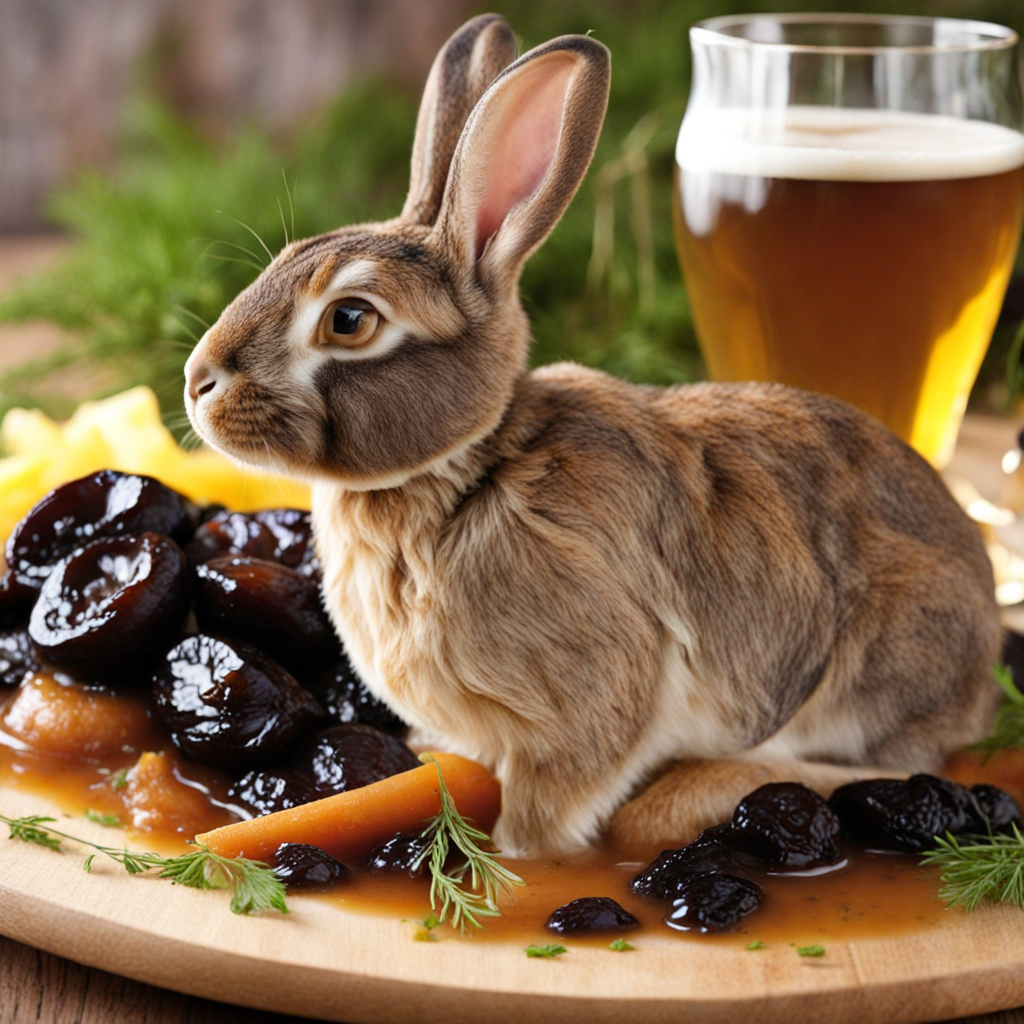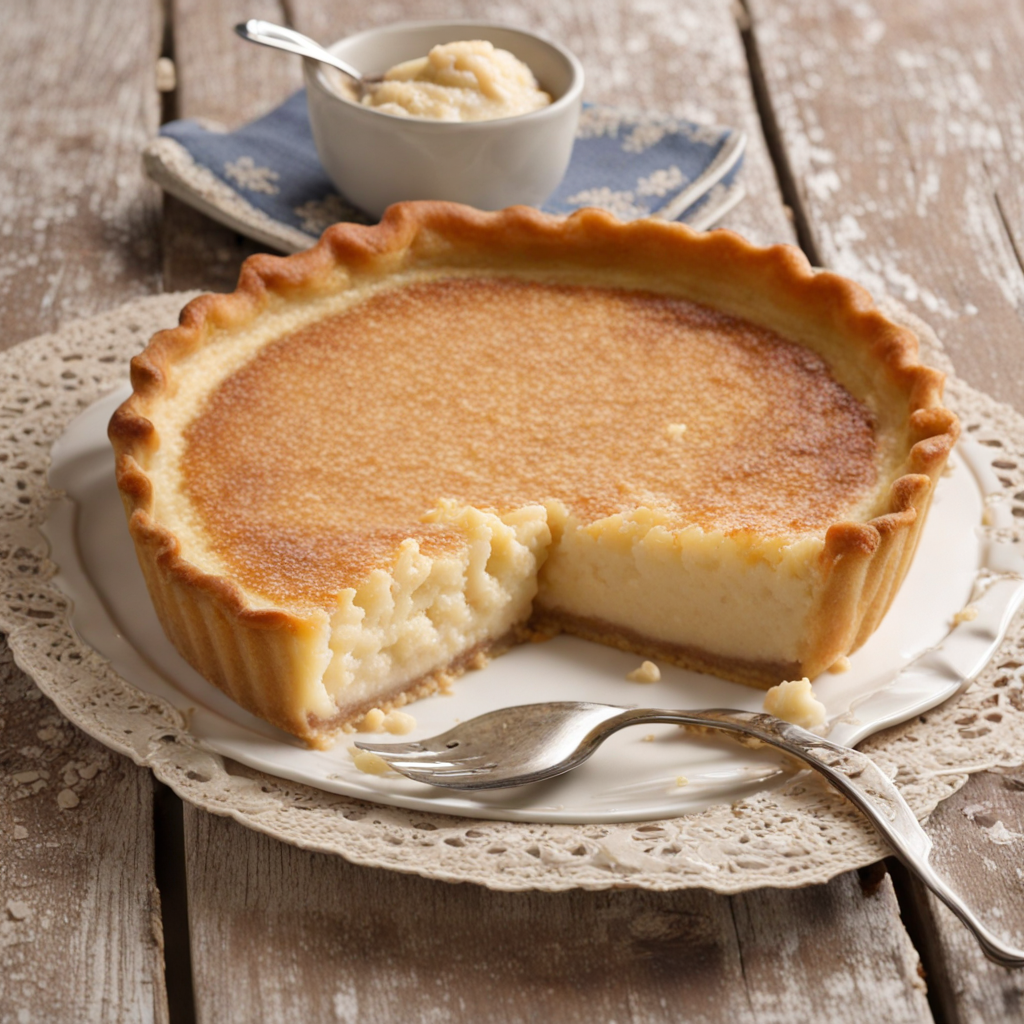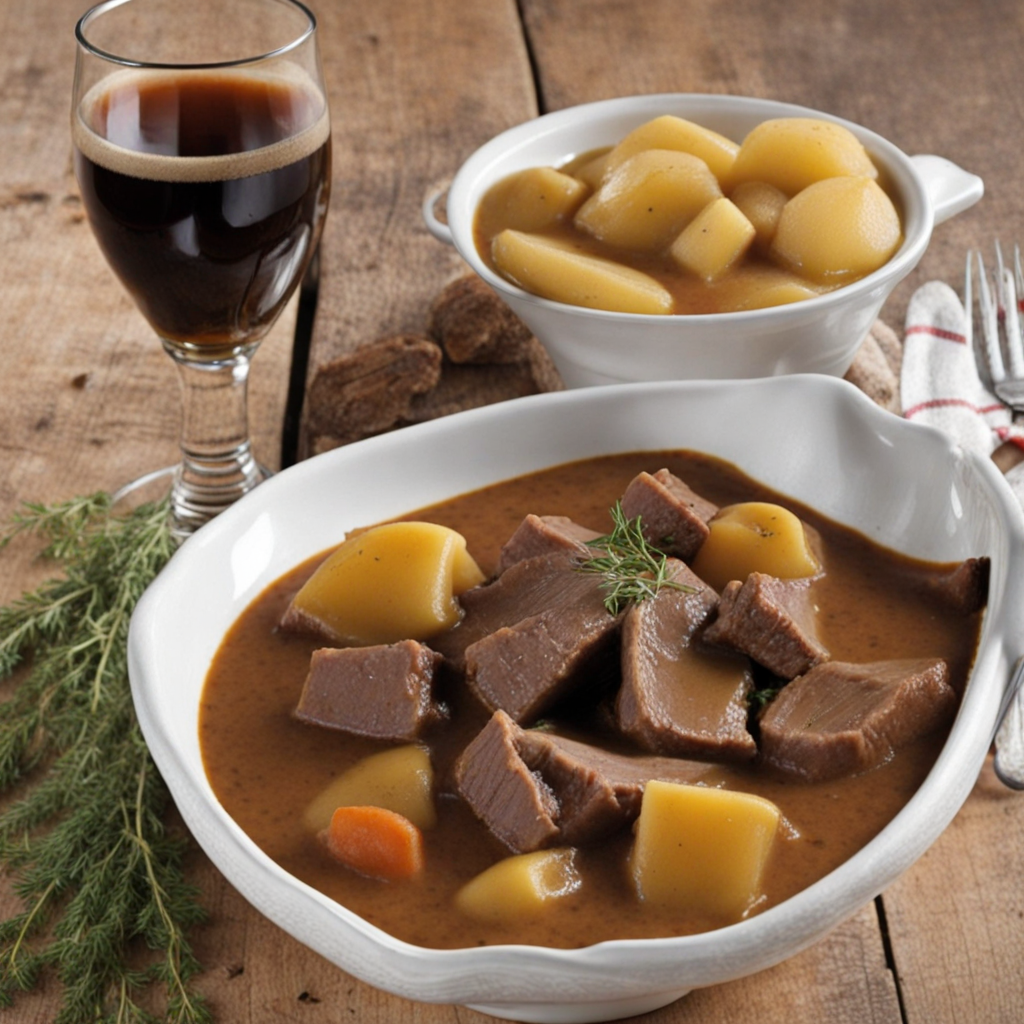Speculoos
Speculoos is a delightful spiced shortcrust biscuit that originates from Belgium, renowned for its warm, caramelized flavor and a unique blend of spices. Traditionally baked during the festive season, particularly around St. Nicholas Day, these cookies are often shaped into intricate molds that depict various figures, making them visually appealing as well as delicious. The key spices that define speculoos include cinnamon, nutmeg, cloves, and ginger, which create a complex and aromatic profile that tantalizes the taste buds with every bite. Beyond their crispy texture, speculoos biscuits have a distinct sweetness that is complemented by a subtle hint of salt, enhancing the overall flavor experience. The caramelization during baking gives them a rich, golden-brown hue and an addictive crunch that pairs beautifully with coffee or tea. These cookies are not just treats; they evoke a sense of nostalgia and tradition, often enjoyed during family gatherings or holidays, making them a cherished part of Belgian culture. In recent years, speculoos has transcended its biscuit origins, inspiring a range of culinary creations including spreads and ice creams. The speculoos spread, often referred to as "speculoospasta," has gained international popularity, offering a creamy, indulgent alternative to nut butters. With its unique flavor profile, speculoos presents a wonderful opportunity for food lovers to explore an exciting new taste that balances sweetness and spice, inviting everyone to discover the heartwarming essence of Belgian cuisine.
How It Became This Dish
The History of Speculoos: A Belgian Delight Speculoos, the spiced caramelized biscuit that has gained international fame, boasts a rich history rooted in the heart of Belgium. This delectable treat not only serves as a culinary delight but also embodies the cultural and social fabric of Belgian tradition. Its story is one of regional pride, historical evolution, and a growing global appreciation. #### Origins: A Sweet Tradition The origins of speculoos can be traced back to the 17th century in the region that is now Belgium and the Netherlands. The name "speculoos" derives from the Latin word "speculum," meaning "mirror." This etymology reflects the tradition of creating intricately designed molds that create beautiful patterns on the biscuits, often depicting images of saints, folklore, or local customs. These molds were typically made from wood, showcasing the craftsmanship of the time. Speculoos was traditionally baked during the feast of St. Nicholas, which takes place on December 6th. This celebration was particularly popular in Flanders and parts of the Netherlands, where families would gather, and children would eagerly await the arrival of St. Nicholas, who would bring gifts. Speculoos was often presented as a special treat during this festive season, symbolizing warmth and generosity. #### Cultural Significance: More Than Just a Biscuit In Belgium, speculoos is not just a cookie; it embodies a deep sense of cultural identity. The biscuit has become a staple in Belgian households, often accompanying coffee and tea. Its unique flavor profile, characterized by spices like cinnamon, nutmeg, and cloves, offers a comforting, nostalgic experience that resonates with many Belgians. The spiced nature of speculoos is a reflection of the region's historical trade routes, where spices from the East were introduced and integrated into local baking traditions. The use of brown sugar in the recipe gives speculoos its characteristic caramelized flavor, further enhancing its appeal. Speculoos has also found a place in various Belgian celebrations and gatherings. It is common to find speculoos served at weddings, holidays, and family reunions, often becoming a symbol of hospitality. The biscuits are often arranged in decorative tins, passed around to guests as a gesture of goodwill and warmth. #### Development Over Time: From Tradition to Trend Throughout the 19th century, speculoos continued to evolve, moving from home kitchens to commercial bakeries. The rise of the industrial age brought about an increase in mass production, allowing speculoos to be widely available. Bakeries began to produce the biscuits on a larger scale, leading to the establishment of iconic brands like Lotus, which was founded in 1932. The Lotus brand introduced speculoos to a broader audience, further cementing its status as a beloved treat. As the 20th century progressed, speculoos underwent a transformation from a seasonal delicacy to a year-round favorite. Its popularity surged beyond Belgian borders, particularly in neighboring countries like the Netherlands, where it became a staple in coffee shops and homes alike. The introduction of speculoos spread across Europe, and by the late 20th century, it began to gain traction in international markets. In recent years, speculoos has experienced a renaissance, bolstered by the global trend of artisanal food production and the rise of gourmet treats. Innovative chefs and home bakers have experimented with speculoos-flavored desserts, leading to the creation of speculoos ice cream, cakes, and even spreads. The emergence of speculoos spread, a creamy concoction made from crushed speculoos biscuits and vegetable oil, has become a phenomenon, captivating taste buds around the world. #### Speculoos in Contemporary Culture Today, speculoos is celebrated as a symbol of Belgian culinary heritage. It is a prominent feature in cafes, restaurants, and bakeries throughout Belgium, often served alongside coffee or as an accompaniment to dessert. The biscuit has also found its way into modern cuisine, with chefs incorporating it into dishes ranging from cheesecakes to gourmet donuts. The global rise of food blogging and social media has further amplified the popularity of speculoos. Instagram feeds are filled with beautifully plated dishes featuring speculoos, while food enthusiasts share recipes and creative ways to incorporate the biscuit into everyday meals. This digital age has allowed speculoos to transcend its humble beginnings and become a beloved treat worldwide. Moreover, speculoos represents a connection to the past, serving as a reminder of Belgium's rich culinary history. It has been embraced not only as a treat but also as a way to foster connections among people. The act of sharing speculoos during gatherings and celebrations continues to be a cherished tradition, emphasizing the importance of community and togetherness. #### Conclusion: A Timeless Classic In conclusion, speculoos is much more than a spiced biscuit; it is a symbol of Belgian culture, tradition, and innovation. From its humble origins in the 17th century to its status as a global sensation, speculoos has stood the test of time. It reflects the culinary heritage of Belgium while adapting to modern tastes and trends. As the world continues to discover and embrace the charm of speculoos, it remains a reminder of the joy of sharing food, celebrating traditions, and savoring the simple pleasures of life. Whether enjoyed with a steaming cup of coffee or as a delightful dessert, speculoos encapsulates the warmth of Belgian hospitality, making it a beloved treat that will continue to delight palates for generations to come.
You may like
Discover local flavors from Belgium







